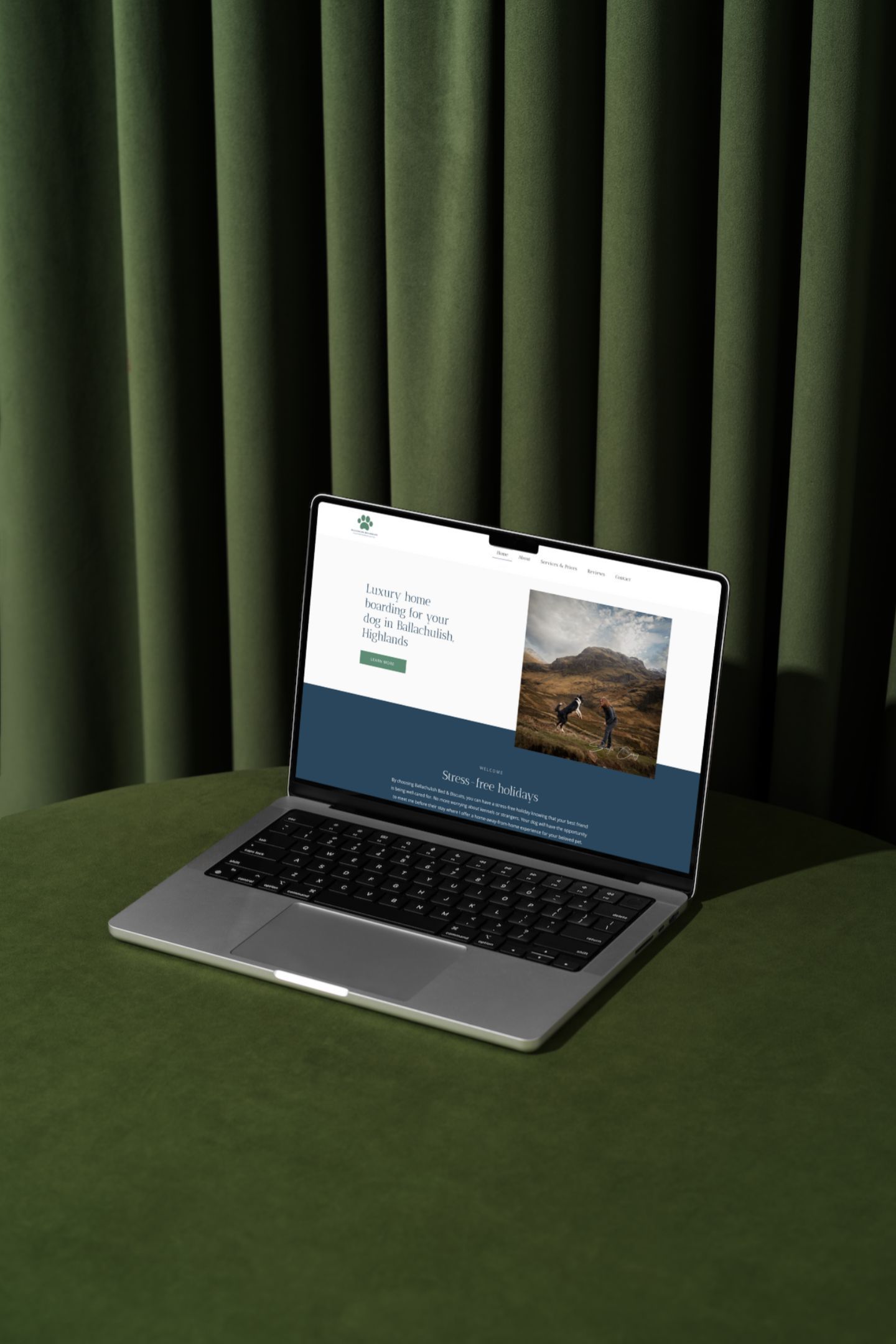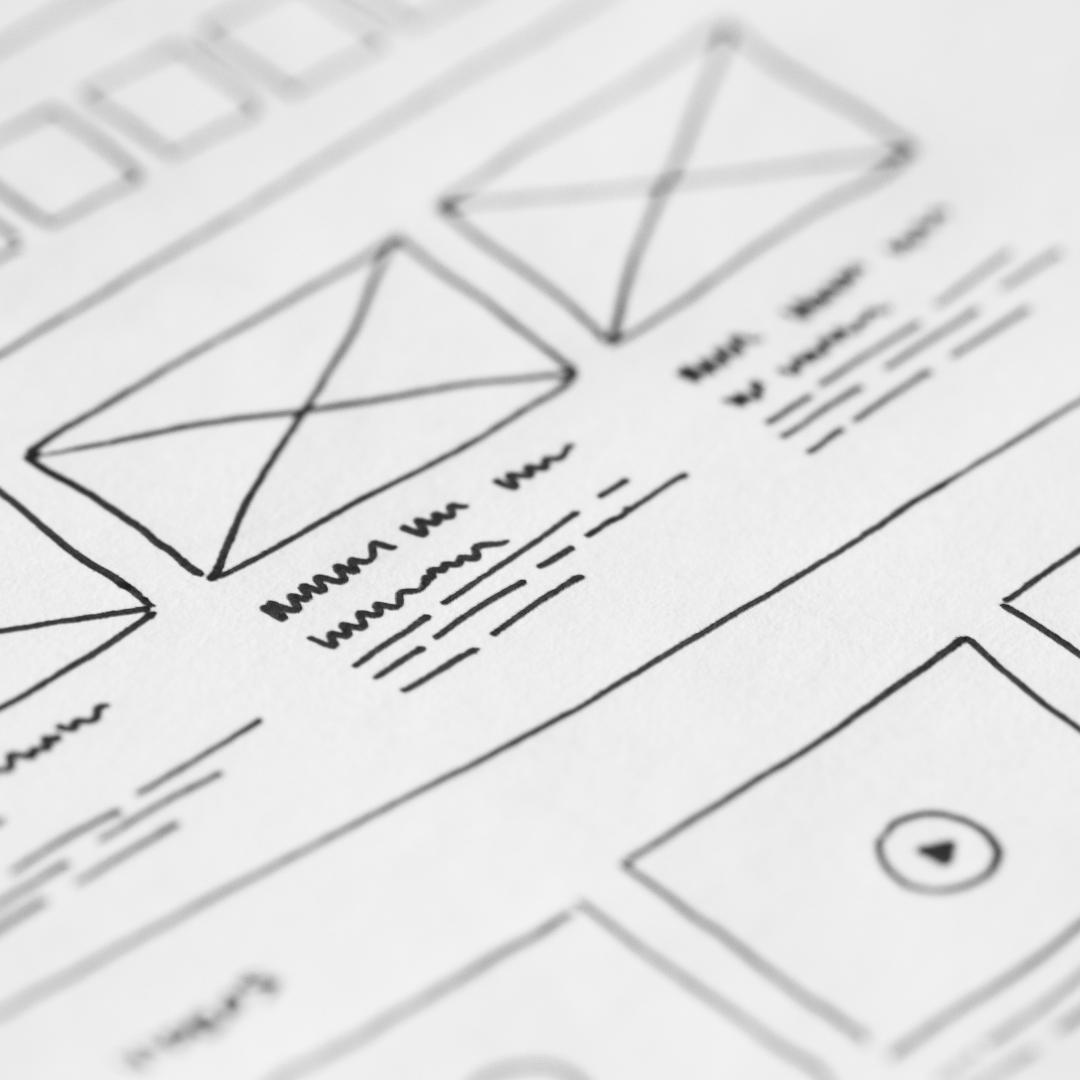As a business owner, you want to ensure that every aspect of your website is working to convert visitors into customers or to take some kind of desired action.
One of the most important elements of your website is your landing page. A landing page is a standalone web page designed specifically for a marketing campaign or promotion. It's typically designed with a singular focus – to convert visitors into leads or customers. A well-designed landing page can make all the difference in the success of your marketing campaigns.
In this blog post, I'll provide you with 5 tips for creating a high-converting landing page that will ensure you're making the most of your marketing campaigns – let's begin!
Keep your landing page simple and focused
Create a clear and compelling headline
Include a strong call-to-action (CTA)
Use persuasive copywriting
Optimise for mobile

Your landing page should have a singular focus – to convert visitors into leads or customers. Keep your landing page simple and focused on the specific marketing goal you want to achieve. For example, this might be a specific product you're selling or a form to collect leads for your email marketing campaigns.
It's important that your landing page avoids any distractions or competing messages. Such as the example above, if you're promoting a new product, your landing page should focus solely on that product, without any other competing offers or calls to action
Your headline might be one of the first things visitors will see when they land on your page. It needs to be clear, compelling, and relevant to your target audience. Use strong language and a clear value proposition to capture their attention. For example, if you're promoting a downloadable e-Book, your headline could be something like "Revolutionise Your Workflow with Our Powerful e-Book.".
There are a number of ways you can go about creating compelling headlines, so here are a few ideas, frameworks if you will to help you write them:
- Use numbers or statistics: Including numbers or statistics in your headline can help to make it more compelling and attention-grabbing. For example, "Get 50% More Leads with Our Marketing e-Book."
- Address a pain point: If you can identify a pain point that your target audience is experiencing, you can use it to create a headline that resonates with them. For example, "Tired of Wasting Time on Tedious Tasks? Streamline Your Workflow with Our e-Book."
- Use action-oriented language: Using action-oriented language in your headline can help to create a sense of urgency and encourage visitors to take action. For example, "Transform Your Business Today with Our Revolutionary New Product."
- Focus on the benefits, not the features: Instead of focusing on the features of your product or service, focus on the benefits that it provides to your customers. For example, "Unlock Your Business's Potential with Our Powerful Analytics Software."
Your copywriting should be persuasive and focused on the benefits of your product or service, as mentioned above. Use customer testimonials, social proof, and statistics to build credibility. This can be an incredibly powerful tool for persuading visitors to take action. Include customer testimonials or case studies on your landing page to show visitors that your product or service has helped others like them. Depending on your industry, you might want to consider including trust badges, such as awards or industry certifications, to help build credibility further.
Keep your copy concise and to the point, focusing on the most important benefits of your product or service. Use short paragraphs and bullet points to make your copy easy to read and digest.
This one is important. Your call-to-action (CTA) should be prominently displayed and clearly communicate the next step that visitors should take. If you fail to include a clear CTA on your landing page, you're not going to get the outcomes you want.
Use action-oriented language and make it easy for visitors to complete the desired action. For example, if you're promoting a free trial of your software, your CTA could be something like: "Start Your Free Trial Today" with a prominent button that directs visitors to the signup section on your page.
It's recommended to have only one primary CTA on your landing page that's prominently displayed and easy to find.
Having multiple CTAs can be confusing for visitors and dilute the effectiveness of your primary CTA. If you do need to include multiple CTAs on your landing page, make sure they all support the same overall goal and are designed to work together seamlessly.
More and more people are accessing the internet on their mobile devices, so it's vital to ensure your landing page is optimised for mobile devices to maximise conversions.
For example, make sure that your images and text are easy to read on smaller screens and that your CTA buttons are large enough to be easily clicked on mobile devices.
Make sure your page has a clean, uncluttered layout that's easy to navigate on a small screen. It might be advisable to hide certain elements that show on your desktop site on your mobile site. Whilst it might look great on a desktop, you don't want unnecessary elements getting in the way of the user experience on mobile – nobody wants to keep scrolling down the page to find what they're looking for!
With that said, consider leveraging "sticky" CTA buttons, which are always visible at the bottom of the page and can help drive conversions regardless of how far down the user scrolls. Testing different placements for your CTAs is a great way to determine what works best on mobile devices.
By following the 5 tips above, you can create a high-converting landing page that helps your business grow and avoids wasted opportunities when visitors land on your website.
Remember to keep your landing page simple and focused, create a clear and compelling headline, use persuasive copywriting, include a strong call-to-action, and optimise for mobile devices.
By doing so, you'll be able to increase conversions and drive revenue for your business



